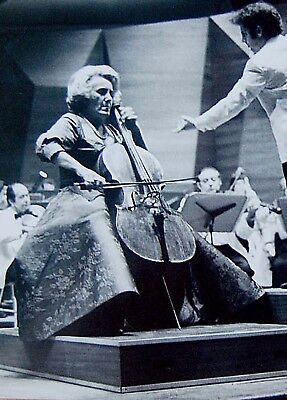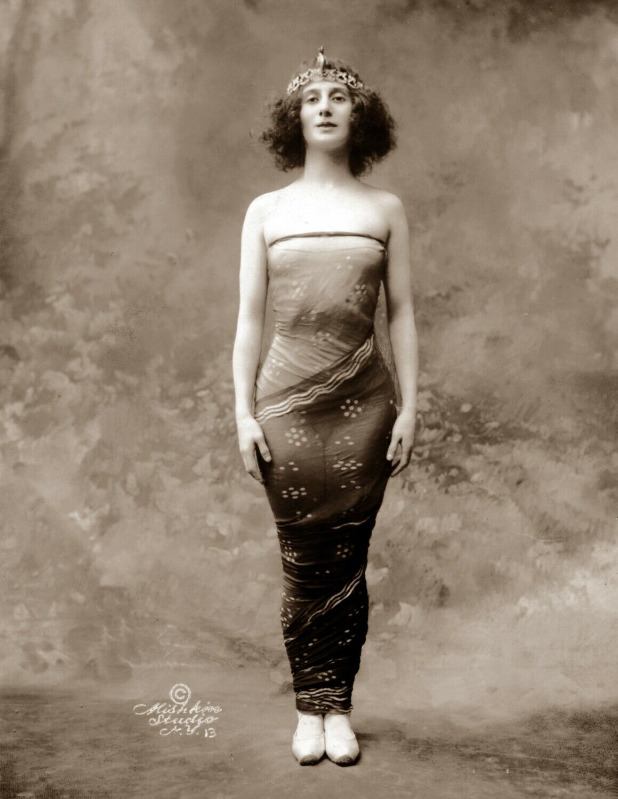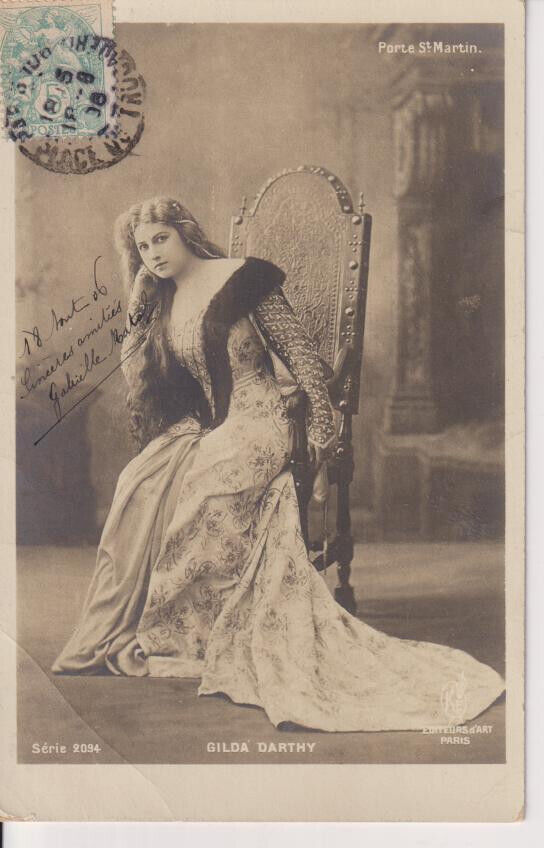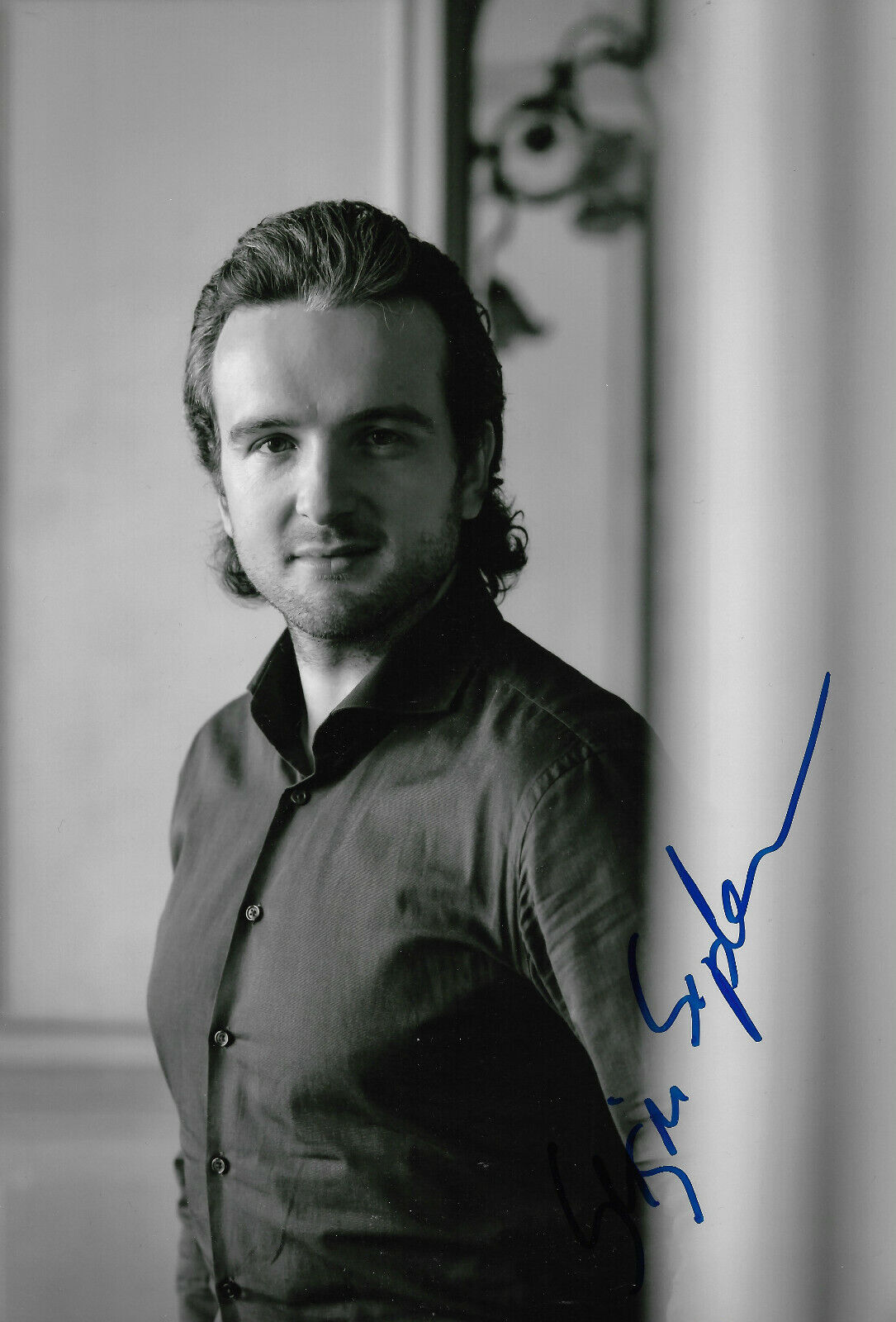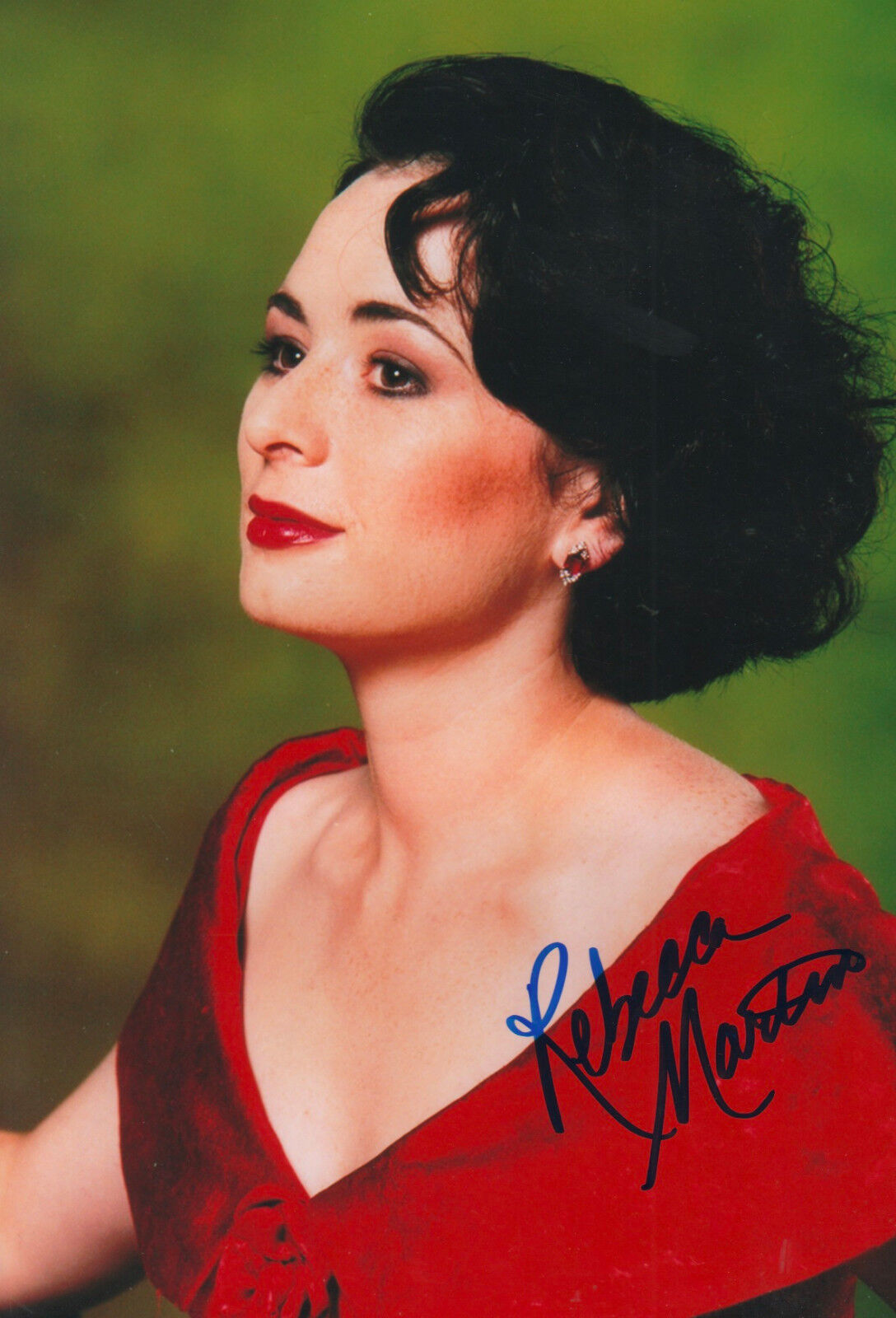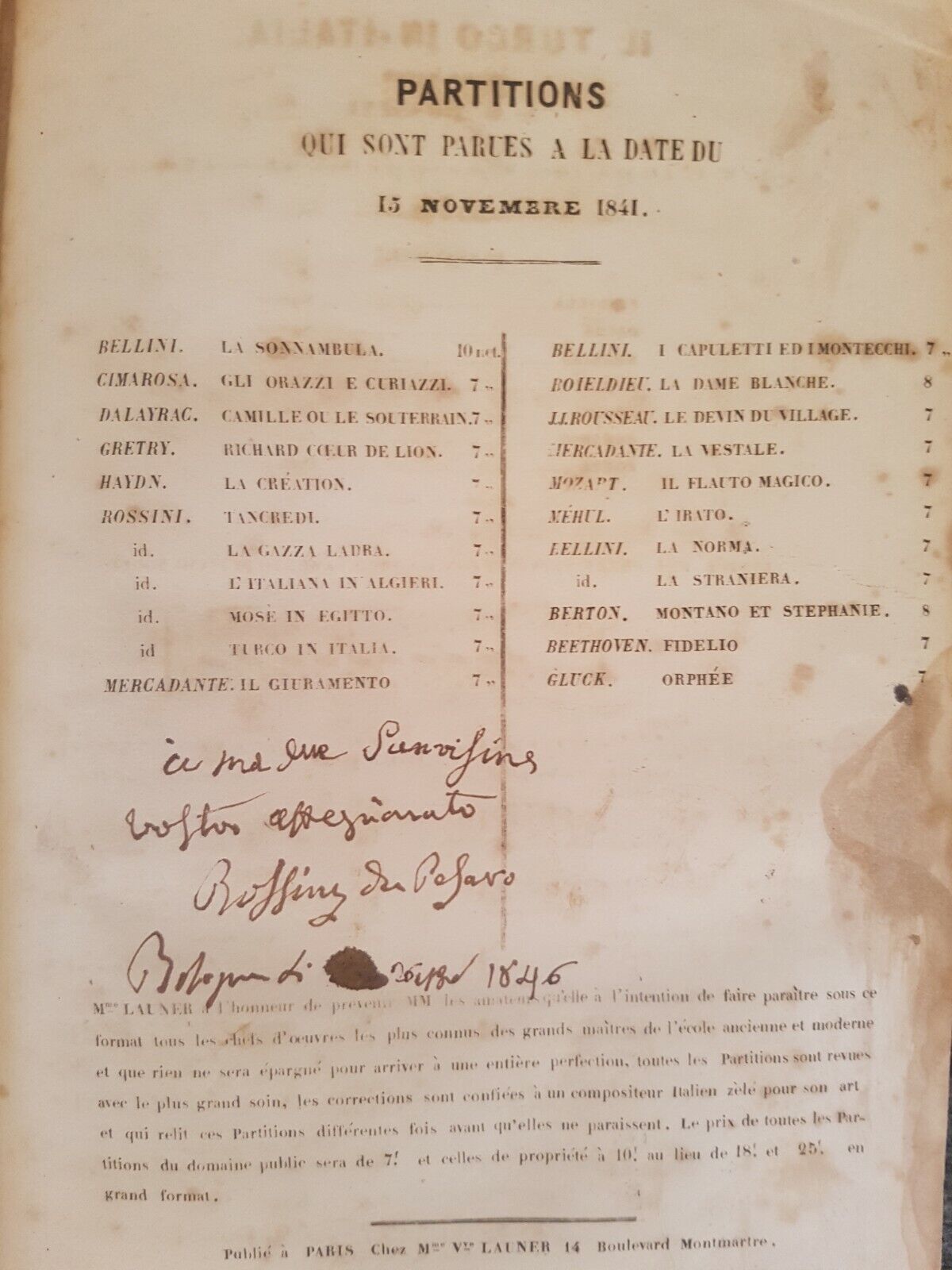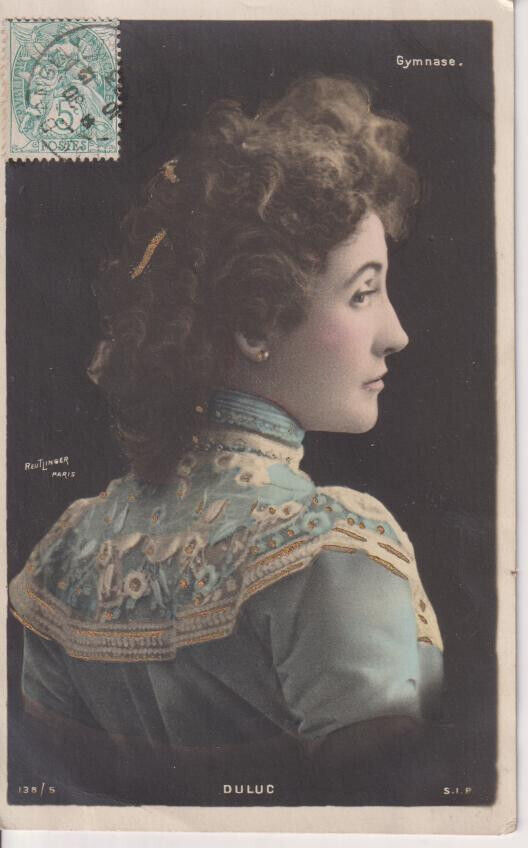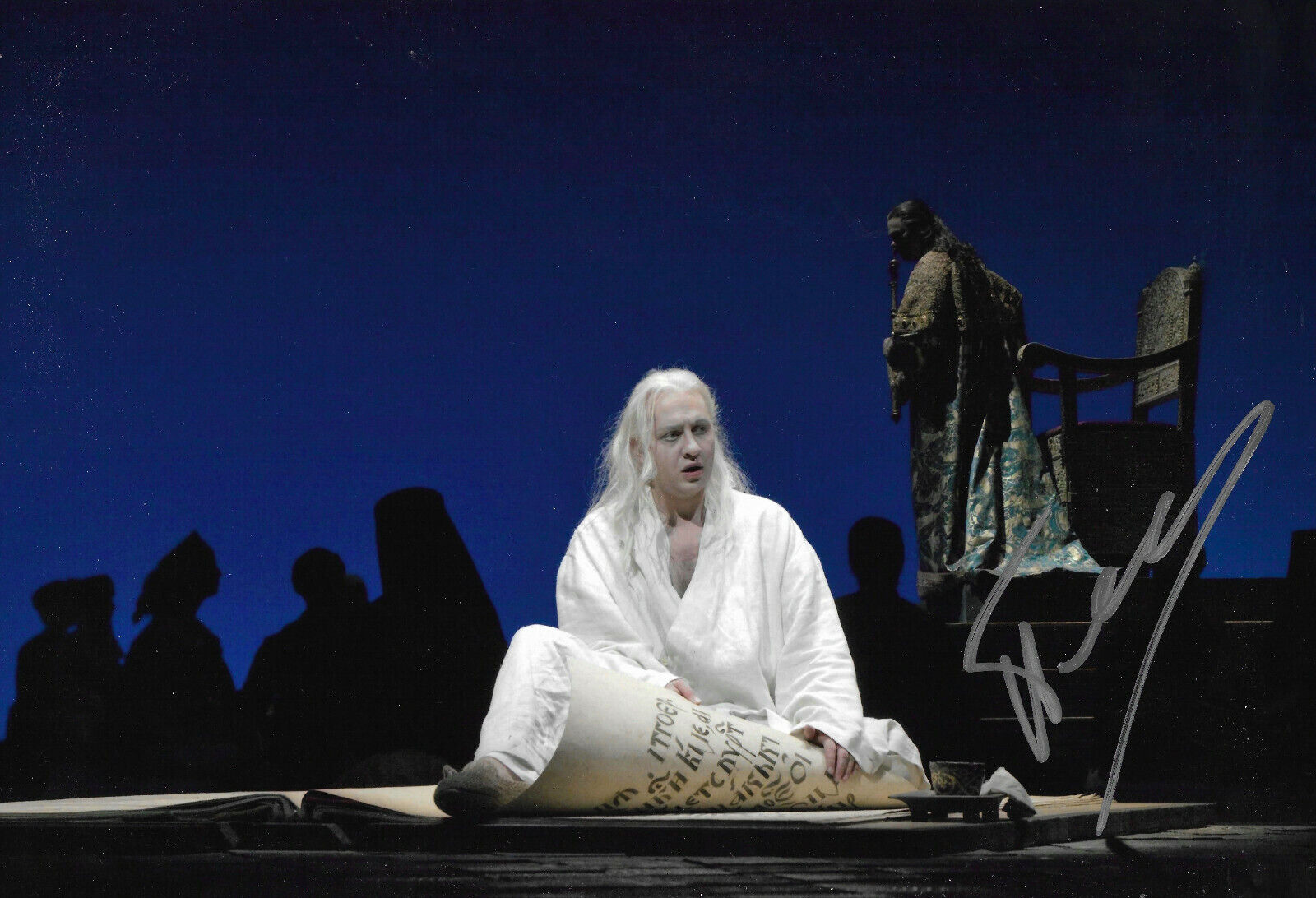-40%
1970 Cellist ZARA NELSOVA Original REAL candid ACTION PHOTO Cello CONCERT Jewish
$ 34.32
- Description
- Size Guide
Description
DESCRIPTION:
Here for sale is an original ca 1970's real - candid ACTION PHOTOGRAPH which was taken during a CONCERT of the renowned female Jewish CELLIST ZARA NELSOVA . The CELLO - VIOLONCELLO CONCERT took place in the mid 1970's in ISRAEL
. ZARA NELSOVA played with the IPO under the baton of Daniel Barenboim . She replaced JACQUELIN DU PRE who lost her performing ability in that serie of concerts. .
It's an ORIGINAL ( Not a reprint !! ) silver gelatine mid 1970's ACTION PHOTO. Taken from under the stage. It's an artistic REAL CANDID PHOTO. The PHOTOGRAPHER STAMP is on the verso.
Around
5
x 7 " .Excellent condition . Clean. ( Pls look at scan for accurate AS IS images ) Will be sent inside a protective rigid packaging .
PAYMENTS
:
Payment method accepted : Paypal .
SHIPPMENT
:SHIPP worldwide via registered airmail is $ 19 . Will be sent inside a protective packaging
.
Handling around 5 days after payment.
Zara Nelsova (December 23, 1918 – October 10, 2002) was a prominent cellist. She was born Sara Katznelson in Winnipeg, Manitoba, Canada, to parents of Russian descent, and first performed at the age of five in Winnipeg. She eventually moved with her family to London, England, where she studied at the London Cello School with its principal, Herbert Walenn. She was heard by Sir John Barbirolli and introduced by him to Pablo Casals, from whom she received additional lessons. In 1932, still aged only 13, she gave a London debut recital and appeared as soloist with Sir Malcolm Sargent and the London Symphony Orchestra. During World War II she was principal cellist of the Toronto Symphony Orchestra and in 1942 made her United States solo debut at Town Hall in New York. From 1942 to 1944, she was cellist of the Conservatory String Quartet. In 1949 Nelsova moved to London, where she introduced to Britain new works by Samuel Barber, Paul Hindemith, Dmitri Shostakovich and Ernest Bloch, who dedicated his three suites for unaccompanied cello to her. She premiered Hugh Wood's concerto at the 1969 Promenade concerts. In 1955 she became an American citizen, and performed as a soloist for many major orchestras, including Boston, Winnipeg, Montreal and the New York Philharmonic. She also toured extensively, and in 1966 was the first North American cellist to play in the Soviet Union. From 1966 to 1973 she was married to the American pianist Grant Johannesen, with whom she often performed and recorded. Her dignified, introspective readings of Bloch's Schelomo and Barber's Cello Concerto were both recorded with the composers conducting. (She later re-recorded Schelomo under Ernest Ansermet, also for the Decca-London label.) She played a Stradivari cello, the "Marquis de Corberon" of 1726. She taught at the Juilliard School in New York City from 1962 to 2002 (the year of her death). In 1978, Gerhard Samuel composed "In Memoriam DQ" for Solo Cello (copyright 1990 MMB Music), for Zara Nelsova, which was first performed on January 7, 1980. She died in New York City in 2002, aged 83. Zara Katznelson was born in Winnipeg to the family of a professional musician, Gregor Katznelson, who was a flutist performing under the name Nelsov. Zara's performing name is the Russian feminine form of her father's stage name. The family had emigrated to Canada in 1910. She said she would like to play cello as early as four and a half years old. Her father got a viola converted to hold in gamba position like a cello and gave her lessons. She recalled that his lessons technically prepared her, as well as teach her discipline and how to practice. And she did well: When she was five years old, her family formed the Canadian Trio with her two older sisters who played violin and piano. At the age of six, she was sent to study with cello teacher Dezso Mahalek. When she was 11, she entered a talent competition. One of the adjudicators was Sir Hugh Roberton, who advised that Zara and her sisters be taken to London to complete their musical education. The family took the advice and relocated in 1930. At that point, the family Anglicized its name to "Nelson." She became a pupil of Herbert Walenn at the London Violoncello school. She studied with him for six years and gained very secure technical training and the start of her repertoire. Early in her studies with Walenn, she made her debut at a charity concert of the Royal College of Music, wich led to an engagement with Malcolm Sargent and the London Symphony Orchestra performing Lalo's cello concerto. She held off making a formal solo recital debut until she was 17 (Wigmore Hall, 1936). The conductor and former cello player Sir John Barbirolli was impressed with her playing and gave her considerable musical advice. She attributed the development of her sound -- a narrow, very singing tone -- to Barbirollis suggestions. He took her to play for Casals, who predicted a successful solo career. Casals at the time did not teach, but when he started teaching about ten years later, the now 29-year-old musician went to study with him in Prades, spending two seasons polishing her technique. She also had short periods of study with Feuermann and Piatigorsky. The family moved back to North America at the outbreak of World War II in 1939, settling in New York. She did not make a debut recital there until 1942, at Town Hall. The critics gave her the highest praise and her career was finally launched in a decisive way. It has been a brilliant one, as predicted by Casals. She was the first American soloist to tour the Soviet Union, playing the Kodály and Rachmaninov sonatas. The audience greeted her performances rapturously and like a long-absent returning daughter. She has been a strong supporter of twentieth century repertoire. She gave the British premieres of the Shostakovich and Hindemith sonatas and the Samuel Barber cello concerto, which she had learned in three weeks for the occasion. After that, she recorded the concerto under the baton of the composer. After the sessions, one of the cellists of the orchestra leapt to his feet, brandishing the instrument, and screamed that he could never play again after hearing her. At that, he smashed the cello against the wall to the cheers of his colleagues. It dawned on Nelsova that the orchestra had gotten a cheap cello with which to make this gesture, but also was a true expression of their admiration. She also recorded Ernest Bloch s Schelomo under its composer's baton, as well as his Prayer, Supplication Jewish Song. She embarked on a teaching career at New York's Juilliard School and the College-Conservatory of Music in Cincinnati and gives master classes. Her teaching is directed to working not so much on technical matters like fingering and bowings, but to concentrate on emotion and intellectual involvement in the music. She plays the 1726 Marquis de Corberon cello of 1726, a beautiful instrument loaned to her by Audrey Melville of London.
